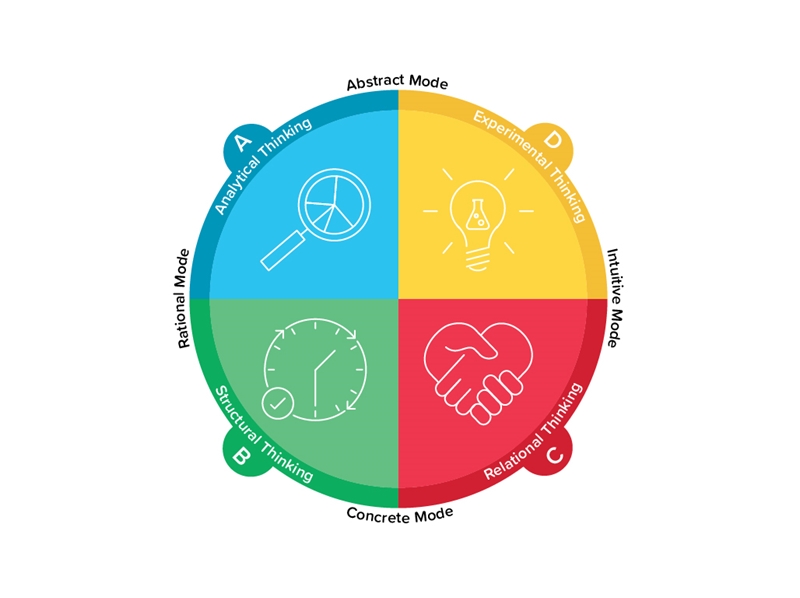Is it any wonder that all businesses continue to chase after high-performance teams? With a definition like that, you’d be mad not to.
When you achieve this kind of culture, your organisation will almost run itself. You’ll be surrounded by passionate and engaged professionals with a true investment in the company. So what characterises a high-performance team?
We know every business has its own quirks, but generally speaking all high-performance teams have three elements in common:
- Genuine relationships and communication: You can’t have a high-performance team without strong relationships and genuine communication. Without honest communication and the relationships that follow, it becomes near impossible to fix inconsistencies in performance.
- Clarity of purpose: High-performance teams are all on the same page about the company’s direction, vision and strategic goals.
- Employee engagement: This manifests through dedication to the team, active investment in their work and an overall passion for their position.
What does Whole Brain® Thinking have to do with high performance?
You can’t develop and maintain an exceptional, consistently high-performing team, without focusing first on what drives the team’s behaviours and actions at a foundational level.
Thinking is this driver.
Why? Because thinking fuels every team interaction and, consequently, each and every result.
Teams that understand how their thinking preferences affect behaviours, processes and outcomes are able to build trust faster and move past common productivity-killing roadblocks that slow others down. In fact, one study found that cognitively diverse teams that know how to manage and apply their thinking are 66 per cent more efficient than others.
Yes, behaviours matter. But too many organisations try to address team conflict resolution or improve performance by focusing on the behaviours creating the interpersonal issues first,and they end up with only a temporary fix at best. Not only can behaviours be affected by a variety of external factors, this approach doesn’t take into account the thinking driving the behaviours.
A focus on thinking provides a clear, non-judgmental starting point for teams to get a picture of who they are. Regardless of their make-up and whether they’re virtual or co-located, teams run on thinking. By helping members understand how they prefer to think and how those preferences affect their approaches to communication, collaboration and work flows, you give them a shared foundation they can all agree on and a common, easy-to-use language to move forward with.
That shared foundation goes a long way towards building trust. A study of globally-distributed teams found that teams with the lowest levels of trust also had unpredictable communication patterns, with a few team members dominating the communications. Although everyone talks about the need for more communication, ultimately it’s the quality and consistency of the communication that really counts.
More than just increasing a team’s efficiency, however, thinking is the catalyst for increasing a team’s effectiveness, too.
Once they understand the importance of different perspectives and how each person’s thinking adds value, team members can learn how to tap into their full diversity of thought to come up with and deliver on the game-changing ideas that will set your organisation apart.
And capitalising on that cognitive diversity has never been more essential. Today’s complex issues and competitive pressures demand it. Contemporary research confirms that the best solutions and most innovative ideas come from the combination of all four thinking preferences.
 The four-colour, four-quadrant graphic and Whole Brain® are registered trademarks of Herrmann Global, LLC.® 2015 Herrmann Global, LLC.
The four-colour, four-quadrant graphic and Whole Brain® are registered trademarks of Herrmann Global, LLC.® 2015 Herrmann Global, LLC.What thinking exercises promote high performance?
Okay, so you know you want a high-performing team and you know the role Whole Brain® Thinking plays in creating these organisations. So what can you do to ensure you’re encouraging the right types of behaviour? We have a few simple thinking exercises.
1. Schedule in a team brainstorm to define ‘high performance’
High performance doesn’t have to be rocket science. We all know what it takes deep down. But there is so much more power in metrics when they come straight from your team. Look at your definition and then pencil in some time to really think through a few core questions:
- Which high performance elements are already happening consistently and to a high standard?
- Which areas need more conscious effort and commitment?
- What is the team committed to do to improve on high-performance behaviour? Both individually and as a team.
The answers will provide you with a roadmap to achieve a culture of high performance and the collaborative approach will secure more buy-in from your team than you might think.
2. Make conscious steps towards understanding thinking preferences
You’d be surprised how much you can learn about another person just by understanding their thinking patterns. Strong relationships and communication are a fundamental part of high-performance teams and allotting thinking space to fully absorb the preferences of those around you will do wonders for your objectives.
Whole Brain® Thinking provides a common language with which to understand the strengths and weaknesses of each colleague. Simply understanding these things will help your team identify as an interconnected unit versus a group of individuals – all of which helps foster authentic trust and respect.
3. Clarity on the purpose and goals of the team
What’s the reason for your team’s existence? What actions help maintain that purpose? Chances are, 99 per cent of organisations THINK they have an agreed definition of both clarity and purpose. But the truth is, your team will probably give you 20 different answers. It’s important to simplify the crux of your existence as a business. Sit down and ask yourself a few direct questions:
- What are the top three strategic priorities for your business?
- What are three values that guide the work you do every day?
- Does everyone have a clear idea of their individual roles and responsibilities to achieve these priorities while maintaining values?
- What does the team need to stop doing in order to focus on delivering these?
Interested in learning more?
Herrmann’s Whole Brain® Thinking Model will give you the key to unlock the hidden potential in your organisation. To dig deeper into your team’s thinking preferences and build a high-performance culture as a result, reach out to our team today!

